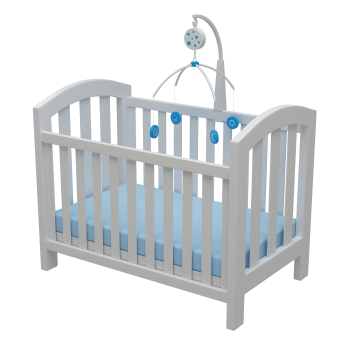 Two recent stories on product design and safety outside our usual scope of children’s products caught our attention recently.
Two recent stories on product design and safety outside our usual scope of children’s products caught our attention recently.
National Public Radio (NPR) recently investigated the potential risks instant cups of soup pose to children. Because these cups of soup are “tall, lightweight, and have an unstable base,” the likelihood young children will tip them over is extremely high. These hot cups of soup are even more dangerous than just hot liquids because the noodles tend to stick to the skin, causing a more severe burn.
In their investigation, NPR called 12 hospitals across the country. Of these 12 hospitals, 8 reported to seeing burn injuries from these instant cups of soup several times a week. Dr. Warren Garner, who was interviewed for this investigation, reported that, “about one in five children he sees with the burns end up needing surgery, and these patients can face permanent scarring and limited mobility in their joints.”
On a related topic, in 2008 the journal Pediatrics published a study which noted the high risk microwave ovens pose to children “as young as 18 months of age.” The report concluded that easy access to microwave ovens are a high risk for scalding injuries to young children who can open the door and remove any hot contents. In addition the study also found that there were an unexpectedly high number of burn-related injuries to these younger children when older children age 7-14 years old helped them heat or carry the food. A common source for the injuries was found to be convenience foods, such as instant noodle soup.
Both the NPR investigation and the Pediatrics report provided easy solutions to product design to reduce such needless burn injuries. The simple solution for the instant cups of soup would be to have a wider base for the containers, making it harder for the containers to tip and spill their hot contents. For the microwaves, a child resistant mechanism would prevent young children from opening them unattended.
These two reports show that design safety is needed in many consumer products, not just children’s products. The solutions can be found in design, but it remains to be seen if they will be implemented without regulations to require safety.


